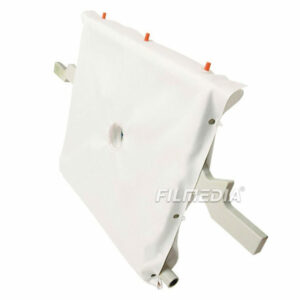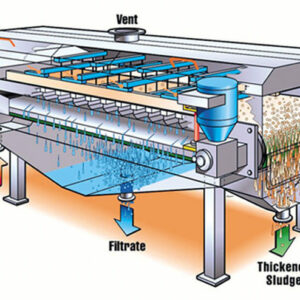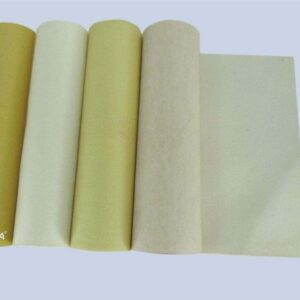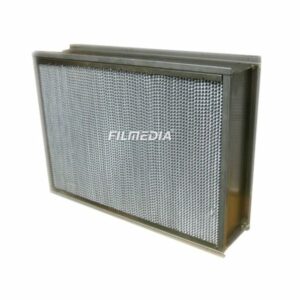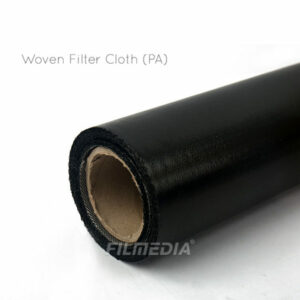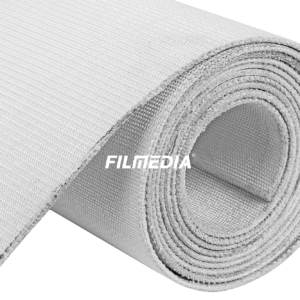Introduction of Non-woven Fabrics
Non-woven fabrics, also known as non-woven fabrics, are composed of directional or random fibers. It is called cloth because of its appearance and some properties. Non-woven fabrics are moisture-proof, breathable, flexible, light, non-combustion-supporting, easy to decompose, non-toxic and non-irritating, rich in color, low price, recyclable and reusable. For example, polypropylene (pp) granular material is used as raw material, which is produced by continuous one-step process of high temperature melting, spinning, laying and hot-pressing coiling.
Characteristic: Non-woven fabrics have no warp and weft threads. They are very convenient to cut and sew. They are light in weight and easy to set. They are very popular with handicraft enthusiasts. Because it is a kind of fabric that does not need to be spun and woven. It is only made of textile staple fibers or filaments arranged in orientation or randomly to form a web structure, which is then reinforced by mechanical, thermal or chemical methods. It is not interwoven and knitted by one yarn after another, but directly bonds the fibers together by physical means, so when you get the sticky weights in your clothes, you will find that there are no threads to pull out. Nonwovens break through the traditional textile principle, and have the characteristics of short process flow, fast production rate, high output, low cost, wide use and many sources of raw materials.
